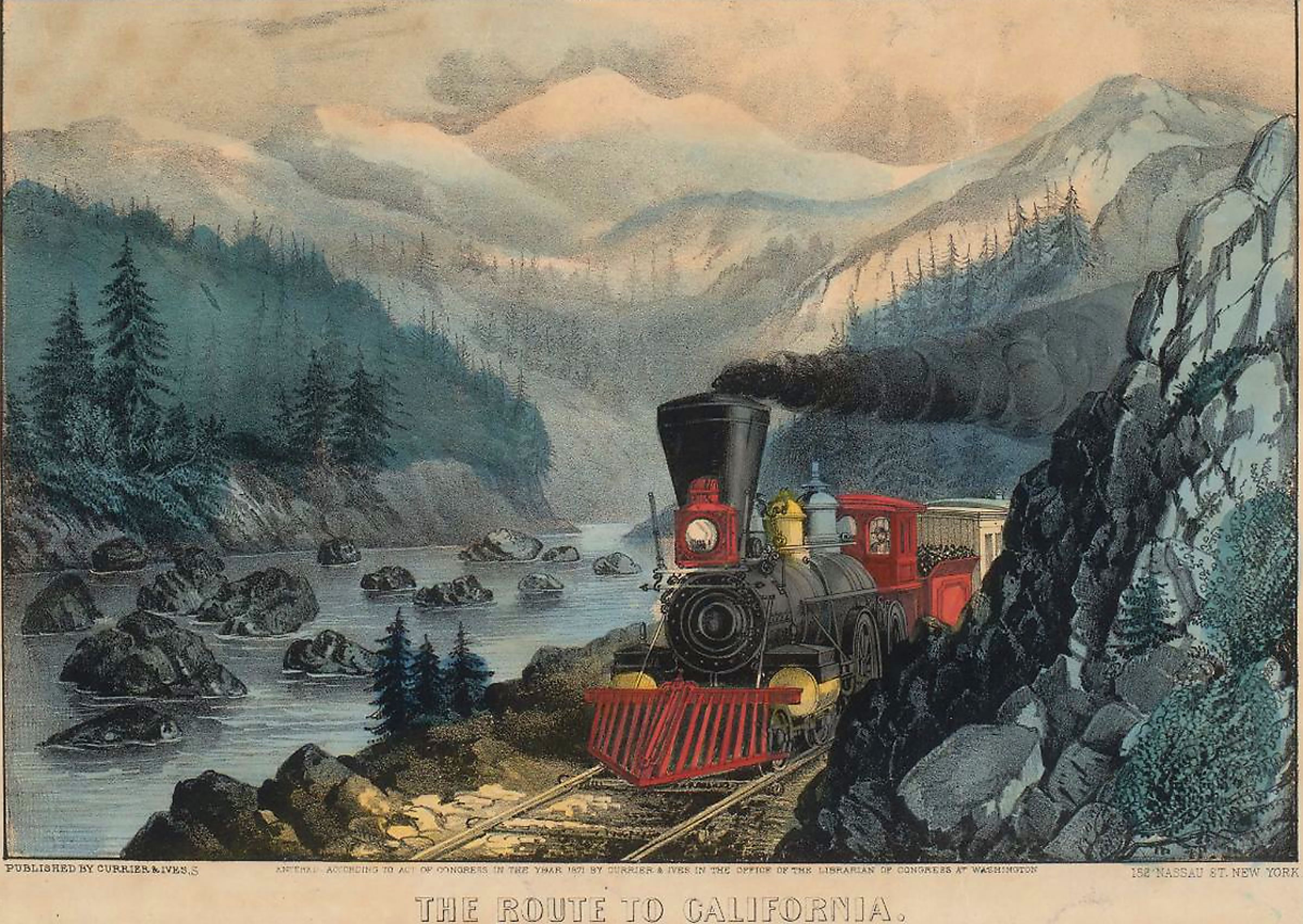19th Century was an age of wonder, changing lives amazingly. For
centuries and millennia the average person’s life had not changed. Life went along at 3 or 5 miles an hour, the speed of a horse. Muscle provided labor and people worked at home.
The 19th century introduced the Industrial Age. Labor saving devices made life easier. The cotton gin, the combine, and the reaper reduced the need for farm labor and people moved to the cities. At the same time machines made manufacturing easier and factories began to manufacture goods. Interchangeable parts and the division of labor made
production more efficient. Sanitation and health improved. It was accepted that germs caused disease and antiseptics could prevent
infection. People were inoculated against disease. The steam engine powered factories and boats and then the railroad. Electricity brought light and motors. The telegraph and telephone made communication almost instantaneous. There were new theories of economics and sociology. It was an age of wonder and experiment. What would come next?
The railroad came of age in the 19th Century and the building of the transcontinental railroad helped develop and unite America.
 During the Gold Rush a clipper ship took 3-4 months to go from New York to San Francisco.
During the Gold Rush a clipper ship took 3-4 months to go from New York to San Francisco.
In the 1850’s a wagon train traveled 10-15 miles a day and took 4-5 months to get to California from Missouri.
In 1858 the stagecoach could travel 6-15 miles an hour and the trip from Missouri to California took 25 days.
What danger there was traveling to California. Becalmings, storms, starvation, desert, Indian attacks, accident, wild animals, and criminals were all risks. Thousands and thousands of people died on the way to California.
The building of the transcontinental railroad was a wonder. Three thousand miles over and through mountains, deserts, ravines, and rivers. When it was completed in 1869, the train traveled at the incredible and unimaginable speed of 25 miles an hour and the trip, all the way across the country took only 19 days!
The Transcontinental railroad tied the country together. It opened California, the land of dreams and better lives – the Golden State. Emigration to California was spurred and California’s goods could get to the rest of the country. Mail and trade were faster and whole areas of the country were opened across the Plains. The resources all along the route could be used by a growing country. Towns and cities were born. News could travel and be read while it was still relevant. Innovation was spurred.
To get to California the railroad crossed the Sierra, right over Donner Summit using the same route that had been used for thousands of years by Native Americans and for decades by wagon trains and stage coaches. The Union Pacific began building in Sacramento, building eastward in a race to build more track and so get more money than the Central Pacific which was building westward. On the western end, Chinese laborers braved avalanche, accidents, black powder and nitroglycerine, fire, rock slides, and exhaustion to build a railroad to build America.


